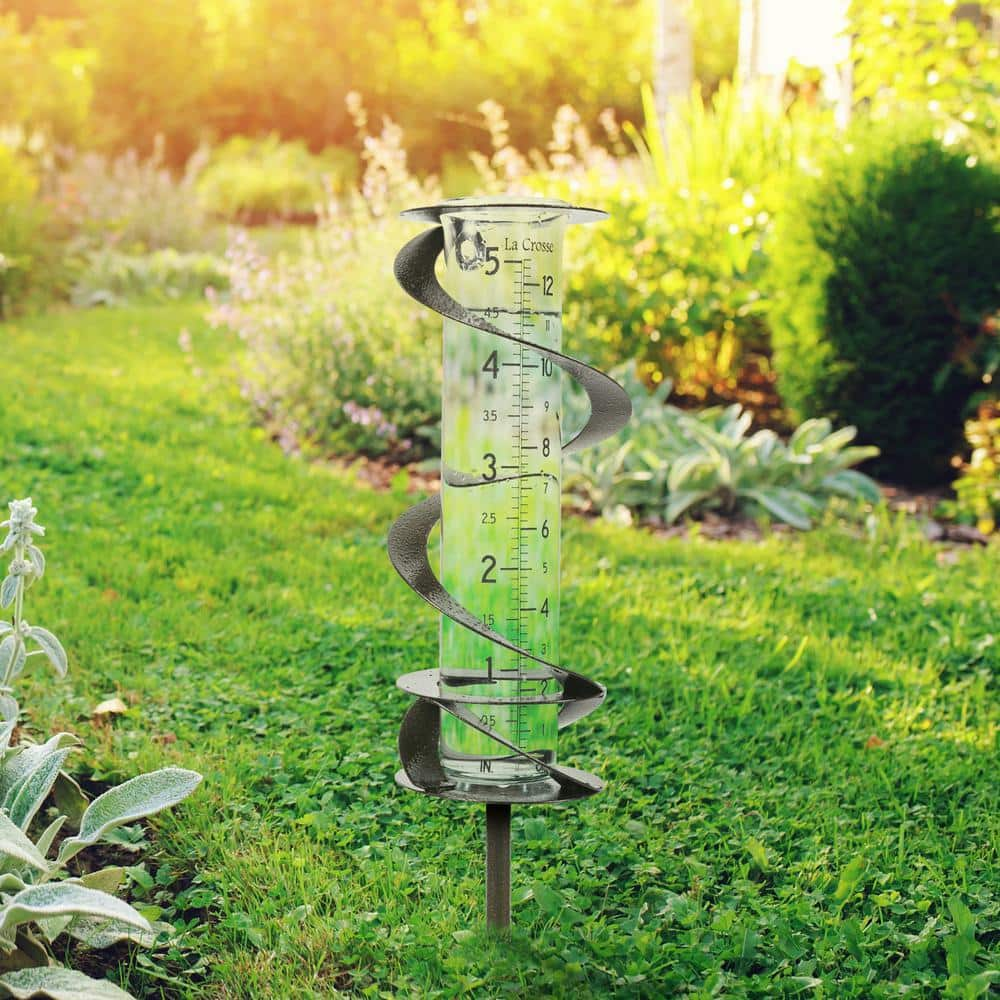The Rain Gauge: A Comprehensive Overview to Accurate Climate Dimension
Wiki Article
Do It Yourself Rainfall Gauge: Simple Actions to Make Your Own
Producing your very own Do it yourself rainfall gauge is a reliable and straightforward way to tape and gauge rainfall. With simply a few common materials and some basic steps, you can quickly build your very own rainfall scale at home. Allow's obtain begun on making your Do it yourself rainfall gauge today!Gather Materials
To begin building your Do it yourself rain scale, gather all the needed materials utilizing an extensive checklist of items. Having the ideal materials on hand will make certain the successful development of your rainfall gauge and enable for exact measurements of rainfall. Collecting these materials in advance will certainly streamline the building process and make certain that you have everything you need to develop your very own DIY rainfall scale.Prepare the Container

Mark the Measurement Increments
To precisely gauge the quantity of rains, properly marking the dimension increments on your do it yourself rainfall gauge is important. Without clear and precise markings, it would certainly be tough to establish the exact amount of rains accumulated in your rainfall scale. Here are the steps to note the dimension increments on your rainfall gauge.The most common systems for gauging rainfall are millimeters and inches. As soon as you have selected the device, use a long-term pen or waterproof paint to mark the increments on the side of your rainfall scale.
When marking the increments, it is crucial to make certain that they are evenly spaced and plainly noticeable. Make use of a ruler or determining tape to make sure precision and consistency. Additionally, make certain that the markings are immune to fading or abrading, as exposure to the elements may trigger them to wear away over time.
Place the Rain Gauge Outdoors
The rainfall scale need to be placed outdoors to accurately gather rainfall information. The area picked for the rainfall scale ought to be totally free and open from any type of obstructions that might possibly influence the dimension of rains. It is necessary to find a spot that is not obstructed by trees, buildings, or other structures that could block the rainfall from getting to the scale. This will certainly make certain that the accumulated data is representative of the actual rainfall in the location.In addition, it is vital to place the rainfall scale on a steady surface, such as a level ground or a sturdy blog post. This will certainly protect against any kind of activity or tilting of the scale, which might cause unreliable measurements. It is also advisable to stay clear of positioning the gauge near any resources of fabricated water, such as lawn sprinklers learn the facts here now or drain systems, as this could conflict with the precision of the measurements.
Screen and Record Rainfall Data
Normal tracking and recording of rainfall information is crucial for exact information analysis and interpretation. By maintaining track of rainfall dimensions, you can get important insights right into weather condition patterns, climate fads, and water resource monitoring. To efficiently monitor and videotape rains data, it is important to develop a regular and maintain consistent methods.Firstly, ensure that your rainfall scale is positioned in an open location far from obstacles such as trees or buildings that might obstruct rains. Additionally, see to it the rain gauge is degree and securely secured to avoid any activity that might influence the accuracy of the measurements.

When tape-recording the rains information, it is crucial to keep in mind the day and time of each dimension. Make use of a leader or a gauging stick to identify the rainfall deepness in the rainfall scale, and document this details properly.
To ensure the precision of the dimensions, it is advised to clear the rain gauge after each recording. This will certainly protect against any kind of overflow or dissipation from impacting succeeding measurements.
Verdict
Finally, producing a DIY rain scale is a practical and straightforward means to keep track of and record rains data (The Rain Gauge). By following the actions described in this article, you can conveniently gather products, prepare the container, mark the dimension increments, and put the rain scale outdoors. Frequently keeping an eye on and tape-recording rains data can give valuable details for various objectivesHaving the best products on hand will make certain the successful production of your rain scale and allow for precise dimensions of rainfall.To properly measure the quantity of rains, precisely noting the measurement browse around this site increments on your DIY rainfall gauge is necessary.The rain gauge need to be placed outdoors to properly collect rainfall information. The location selected for the rainfall scale ought to be open and cost-free from any type of blockages that could potentially influence the measurement of rainfall.In final thought, developing a DIY rain gauge is a functional and simple method to check and record rainfall data.
Report this wiki page